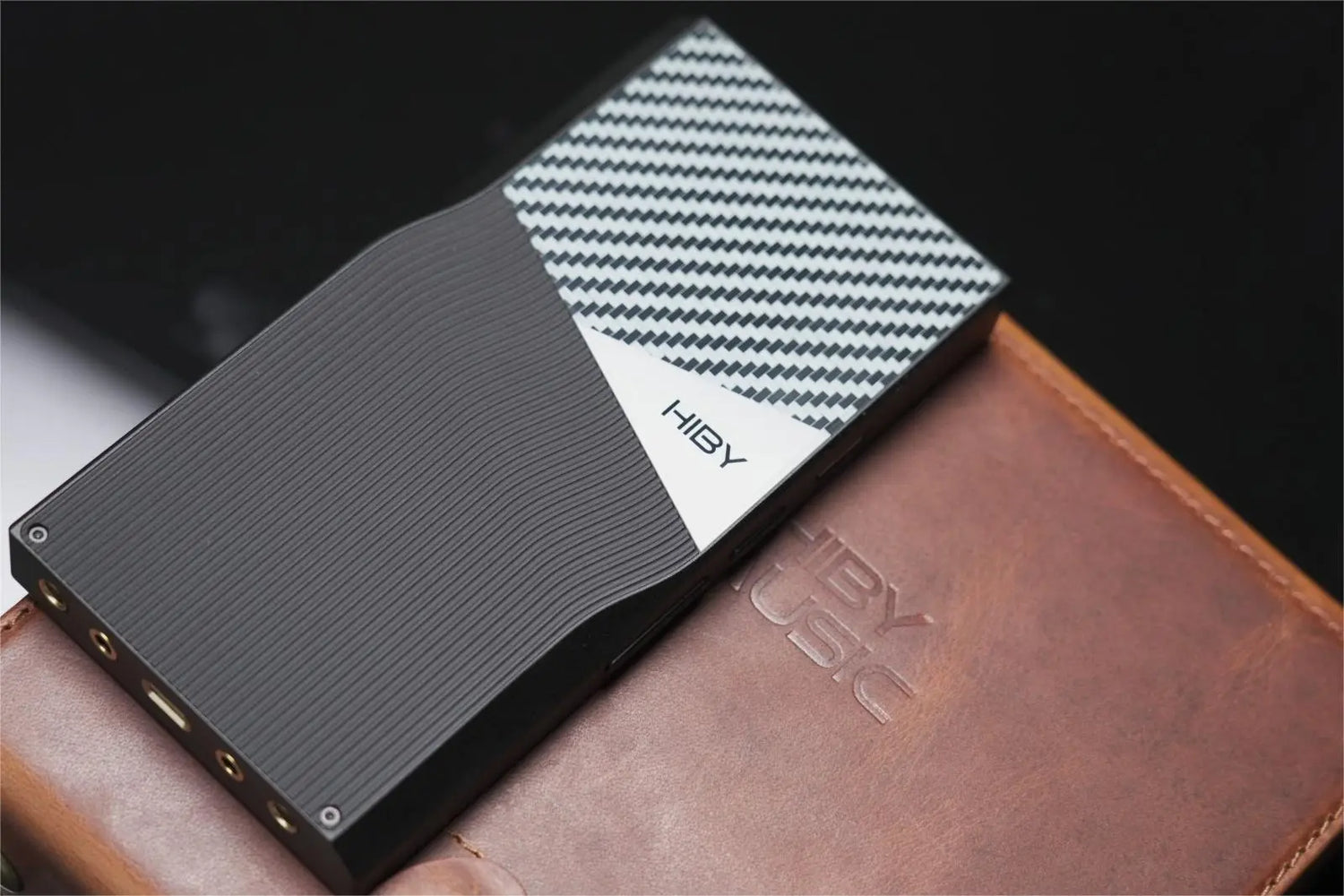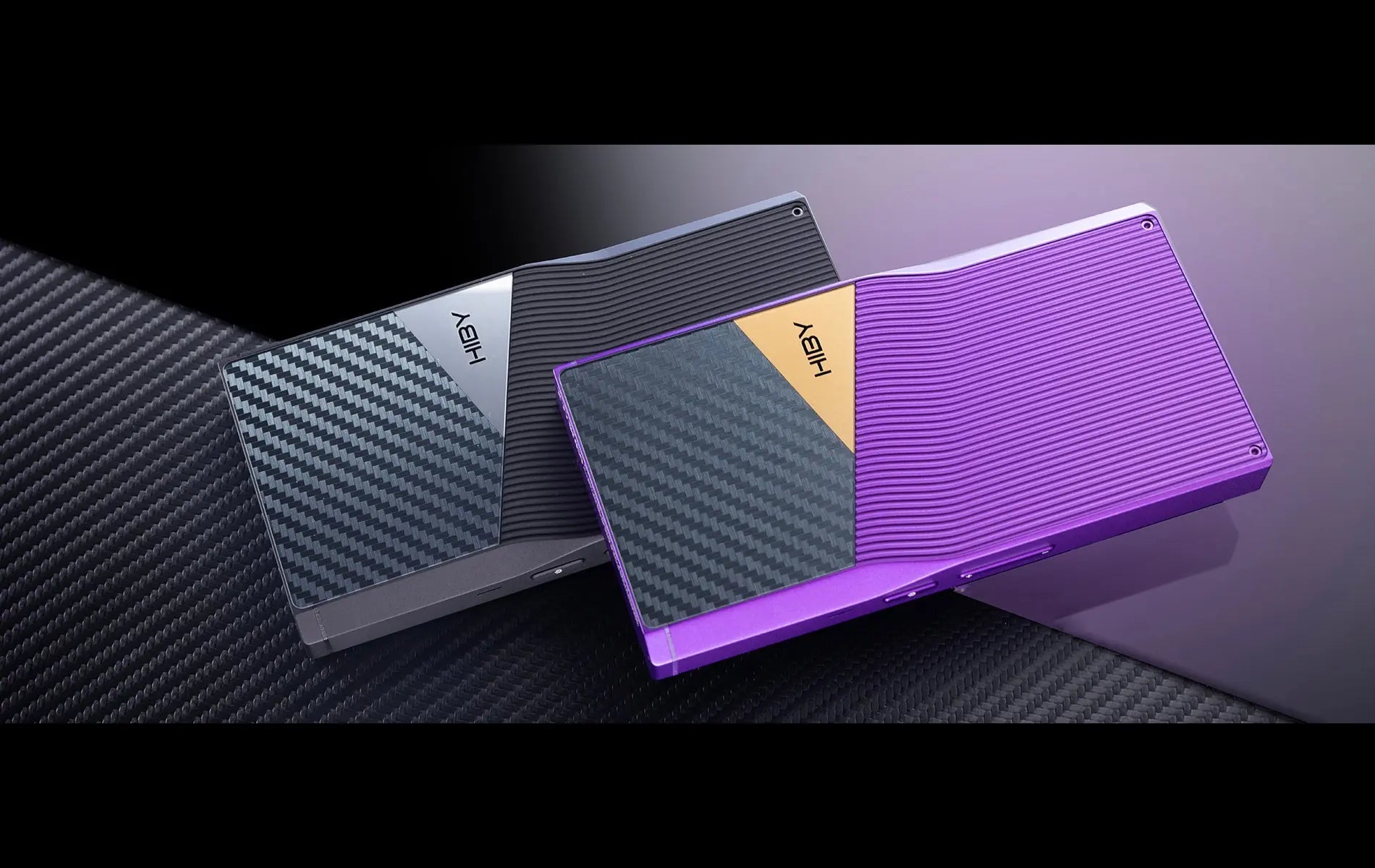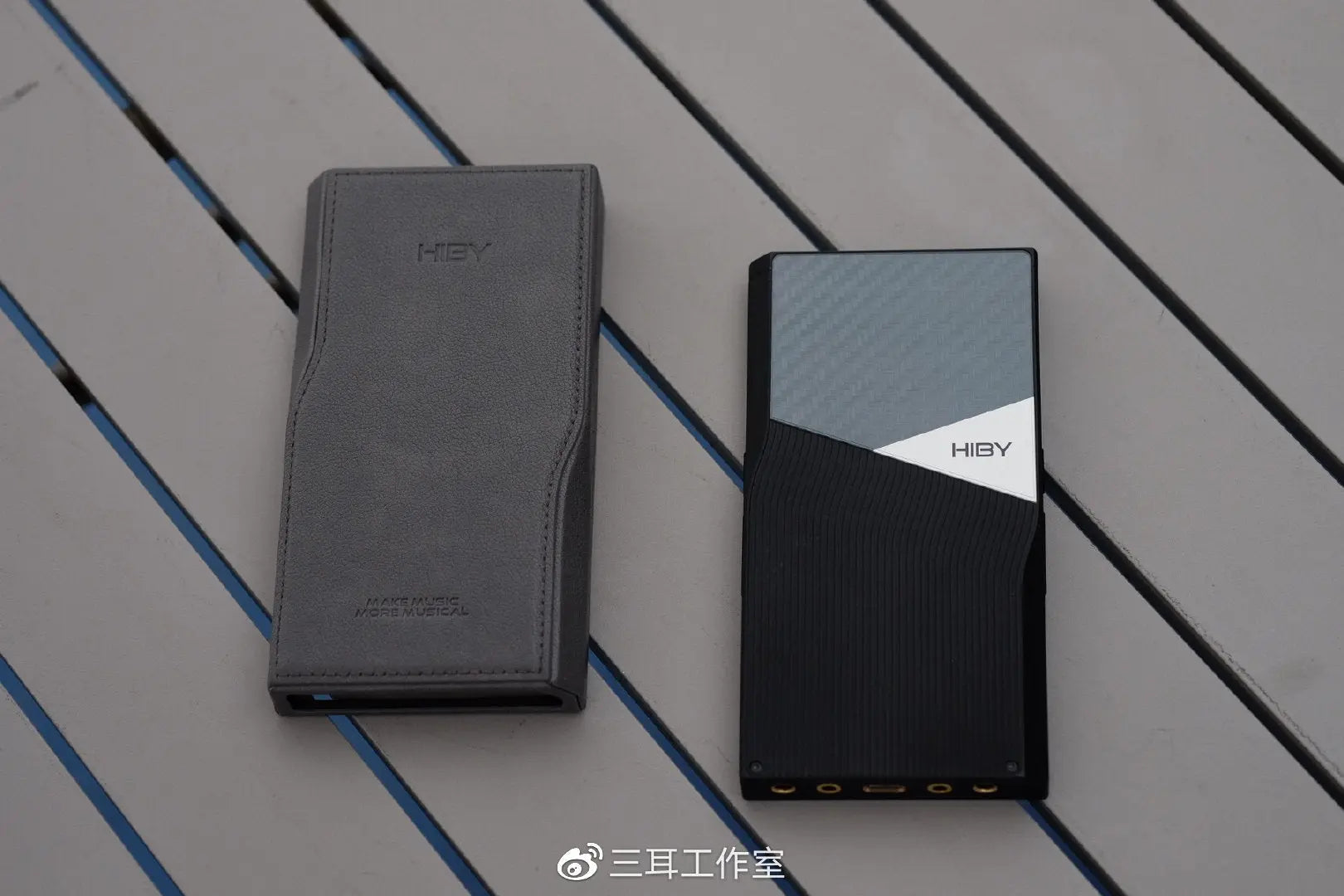The previous generation R6 Pro seems like a distant memory, as the R6 has since been updated to its 3rd generation, while the RS6, RS8, and R5 2nd Gen have also been released. However, the R6 Pro still had its old exterior, which might need an update. We were expecting it to be part of the RS series' exterior lineup, but the renders have proven us wrong.

It's safe to say that this is the most attractive player, and it would be explosive if made into a phone form factor. The curved design at the back is not only for aesthetic purposes, but it also helps distribute weight and fit snugly in your palm during gripping and handling. This design advantage is maximized when handling the player with your left hand, as your palm and fingers perfectly conform to the two cuts on the design's back.
With such unique exterior design, one might be reluctant to put a case on it. Additionally, the symmetric layout of its physical buttons seems to trigger accidental touches when gripping it sideways. Removing the case will increase the button's downward pressure and prevent such issues. We hope that the later system updates will introduce a feature that locks the physical keys.
This player's screen is the first thing that caught my attention, as it's a relatively large and full-screen 2K (1080 x 2160) display. Paired with the Snapdragon 665 SOC, the interactive experience is similar to that of smartphones, and we can finally say farewell to stream media buffering issues.

Regarding the sound performance, this player surpassed its previous generation's, as we might expect, given the time gap between them. The R6 Pro 2nd Gen utilizes the advanced AKM DAC AK4499EX, with a specification of AK4499EX*2+AK4191EQ. Many disputes exist concerning the relationship between the 4499 and 4499EX, and whether splitting or optimizing it is the way to go. However, the essential point is that the player must make the most of what's available, as some players can't fully utilize 4493.
The R6 Pro 2nd Gen adopts the ALLIN architecture, which is a fully powered output, and each AK4499EX channel comes with an individual IV conversion circuit. It emphasizes a MONO mode where both DACs work in full power double DAC status, regardless of whether you're using a single-ended or balanced cable, reducing the quality gap between them.
Moreover, the player's power struggles are addressed, as there's no need to worry about it anymore. By eliminating the push that the player doesn't use, enhancing control gives the appropriate results, allowing for more extensive use cases.
To summarize, the R6 Pro 2nd Gen has a neutral and transparent sound that offers an immersive music experience. The noise is clean, and the background is black, providing a tranquil and serene feeling when listening to indoor music. I only encountered this sensation on a few million-dollar machines, but the R6 Pro 2nd Gen's similar experience is quite surprising.
In AB mode, the sound quality is outstanding, as the neutral tuning and good sound density are perfect for listening to classical music. I found the vertical sound field depth particularly impressive when listening to live recordings, as I can feel how close the singer is. AB mode also has a bright high-frequency feature that compresses high frequencies well, making it an excellent choice for listening to violins and Mariah Carey's high notes. However, if it's too bright for your preference, switching to A mode would be a good move.
Regarding the low frequency, it's relatively low in gain mode, but it has a good quality and a little quick in retraction. By raising the gain, the volume sense of the low-frequency increase. Currently, my favorite mode is the middle gain mode while driving my in-ear monitors. Even the Fitear Titan can achieve sufficient low frequency under mid-gain mode.
Lastly, its midrange is like a bridge that connects the low and high pitches. It's soft and warm, and the imaging is between the middle and forward. When listening to Karen Mok's music, the emotional impact is strong, and it can make your hair stand on end.

Overall, the R6 Pro 2nd Gen offers a "reference-level" sound at this price point, making us satisfied. Aside from its superior sound performance, it has a screen that's better than most smartphones and a smooth interaction experience. Previously, I was asked which is more suitable for pop music, the R6 III or the R6 Pro 2nd Gen. I said, "R6 III has a more toxic voice in pop music, producing a warmer and meaty sound with its A class amplification. On the other hand, R6 Pro 2nd Gen produces a lively and versatile sound, suitable for various music genres, with a higher ceiling." It's up to your preference to choose between the two.



